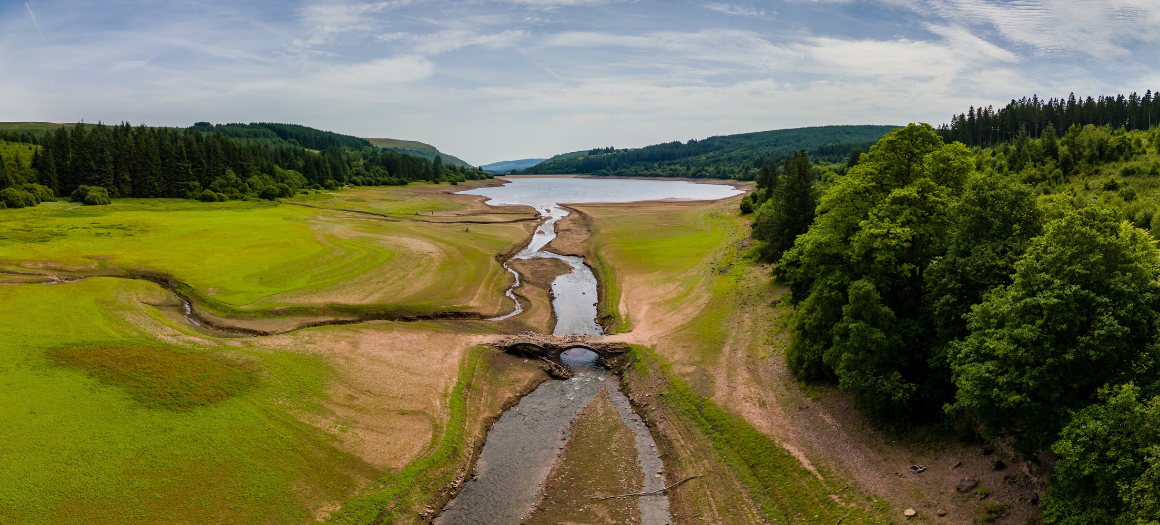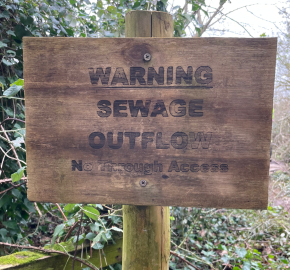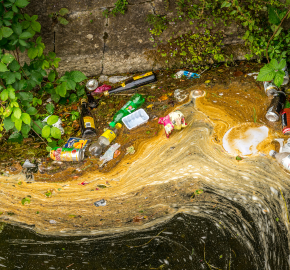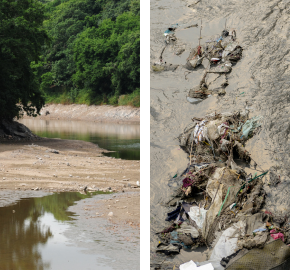Water supply will struggle to meet demand in drought

Our new report about drought paints a deeply concerning picture for wild fish and freshwater as water companies brace for a projected deficit in water supply.
The report, ‘England is not prepared for Drought‘ identifies three principles drivers for the expected increase in demand:
1. Population change
The average water consumption per person, per day, in England is 142 litres. [1] The UK’s population is set to increase by approximately 4 million people by 2045. [2] The majority of that increase will occur in England – mostly in the severely water-stressed southeast. This population change represents an increase in demand of 570 million litres of water per day.
2. Climate change
In addition to an overall rise in temperature, England will experience changes to annual rainfall distribution culminating in shorter, wetter spells on either side of longer, drier periods. As part of this, England can expect an increase in the frequency of extreme weather events. Both drought and flash floods will have negative impacts on our water resources.
3. Abstraction licence change
It is estimated that 700 million litres of water are currently unsustainably abstracted by water companies, every day. [3] This figure could be set to increase to 2 billion by 2050.
The demand on natural water sources
Water supply in England is fully dependent on naturally occurring supplies of water from lakes, rivers, reservoirs and groundwater sources. Water is abstracted from these sites and pumped into our homes and businesses through a network of pipes. Fifteen water companies are responsible for maintaining the public water supply, and nine of those also manage our wastewater.
The problem is that these natural sources cannot supply enough water to meet the growing demand and provide enough left over for our rivers and lakes to thrive. This is true in normal conditions. In drought, natural sources of water face ecological disaster, unable to sustain life.
Getting to the root cause of the problem
Our failure to invest sufficiently in water storage, desalination (the process by which dissolved mineral salts in water are removed) or water recycling plants coupled with insufficient efforts to reduce demand, is the root cause of the problem. As a result, our water supply will struggle to meet demand in drought. The numbers are deeply concerning.
In times of extreme drought, England’s current baseline water supply deficit is about 500 million litres-a-day. [4] That is equivalent to the daily water use of over 3 million people. This baseline water supply deficit is expected to reach over a billion litres-a-day by 2030. This is the water used by 10% of the population.
The environmental impact of a stressed water supply
Only 16% of rivers are classified as healthy according to the Water Framework Directive, and freshwater species are declining quicker than any other [5].
Wild fish populations continue to decline, with salmon populations failing to meet even the most basic conservation limits.
Rivers and the species which depend upon them are severely stressed and not resilient to change. This means low flows and drought, worsened by abstraction during these naturally vulnerable times, will have even greater impact on wild fish.
Less water in rivers means:
- Fish are less able to migrate up and down rivers to complete their life cycles.
- Pollutants in the water become more concentrated because of the lack of dilution.
- Increased sedimentation clogs up rivers because they do not have the energy to remove them.
- Reduced shelter and food availability.
- Water temperatures increase and oxygen levels decrease.
Southern Water: a case study
Read the case study
List of references
- Waterwise. (2021). save water.
- Office for National Statistics. (2020). National population projections: 2020-based interim.
- Environment Agency. (2020). Meeting our Future Water Needs: a National Framework for Water Resource.
- Environment Agency personal communications.
- Government. (2022). State of the water environment indicator B3: supporting evidence.




